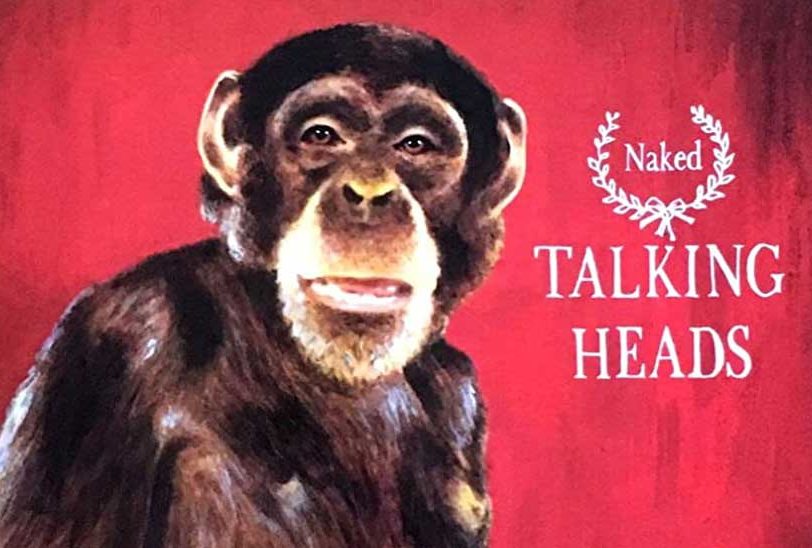When planning what would be their eighth – and final – album, 1988’s Naked, Talking Heads were keen to shake things up a little. In recent years, the band had leaned heavily on frontman David Byrne’s songs, rather than the jam-based approach to music-making that had led to their 1980 classic, Remain In Light. But during a meeting in Chris Frantz and Tina Weymouth’s loft (a de facto base for the band), it was decided that their next album would return to that collaborative mindset – songs worked up from improvisations and recorded when the band were happy with them, with Byrne completing the lyrics and vocal melodies.
Listen to Naked here.
“We were getting along great”
It was also decided that, after those initial jam sessions, the album would be recorded in Paris, where the group would be joined by a wide array of musicians for sessions produced by Steve Lilywhite, who had already helmed a string of hits by the likes of U2, The Rolling Stones, XTC and Peter Gabriel. According to Chris Frantz’s 2020 memoir, Remain In Love, “We gathered at our loft and recorded two dozen or more musical jams on my boom box. These were not really songs but departure points from which we would jump off to create songs. The process was fun and we were all getting along great like we used to.”
While the intention was to evoke Remain In Light, the band members’ personal lives had changed since then, and they mostly arrived in Paris, in May 1987, with their families. “I remember babies entering the studio in strollers,” Steve Lilywhite told Billboard in 2018. “I was there with my wife, Kirsty MacColl. I think David Byrne was the only one in Paris who was flying solo.” The band found plush apartments near Boulevard Du Montparnasse, adding to the feeling of luxury and domesticity around the sessions – they were a long way from CBGB now.
“It gave the rest of the band hope”
Frantz and Weymouth’s first choice for producer, Wally Badarou (Level 42, Marianne Faithfull) may not have ended up working the faders, but he did play a crucial role on Naked, not only as a musician, but as a location scout. As Frantz remembered, “He found us our studio in Paris, called Studio Davout. It was in a section of Paris where a lot of African people live. It was an old movie theatre with the seats taken out, so part of the floor was still slanted. It was enormous.”
The band set about making their jam sessions come to life, with Badarou bringing in some incredible talent: Yves N’Djock, a wonderful guitar player from Cameroon; percussionists Abdou M’Boup (Senegal) and Brice Wassy (Cameroon); and Mory Kanté, the great kora player form Guinea who’d had a hit across Europe that year with Yé Ké Yé Ké. Lillywhite dipped into his address book, too, securing the services of Johnny Marr, just a month before the guitarist left The Smiths. Marr left a big impression on Frantz: “Johnny Marr was a delightful guy to work with,” the drummer later recalled. “He did this very British thing when he came to Paris. None of us had any roadies or techs that we brought with us. I set up my own drums, Tina sets up her own bass, and Jerry with the guitars and keyboards and David with his equipment. And Johnny comes in with one of the most famous guitar techs of all time, and doesn’t lift a finger [laughs]. Everything was set up for him, which we all found amusing. But I gotta say, it sounded great when he played with us. And we had fun afterwards, too.”
Once the Paris sessions were complete, Naked was finished up at New York City’s Sigma Sound Studios, where the horn section was overdubbed.




